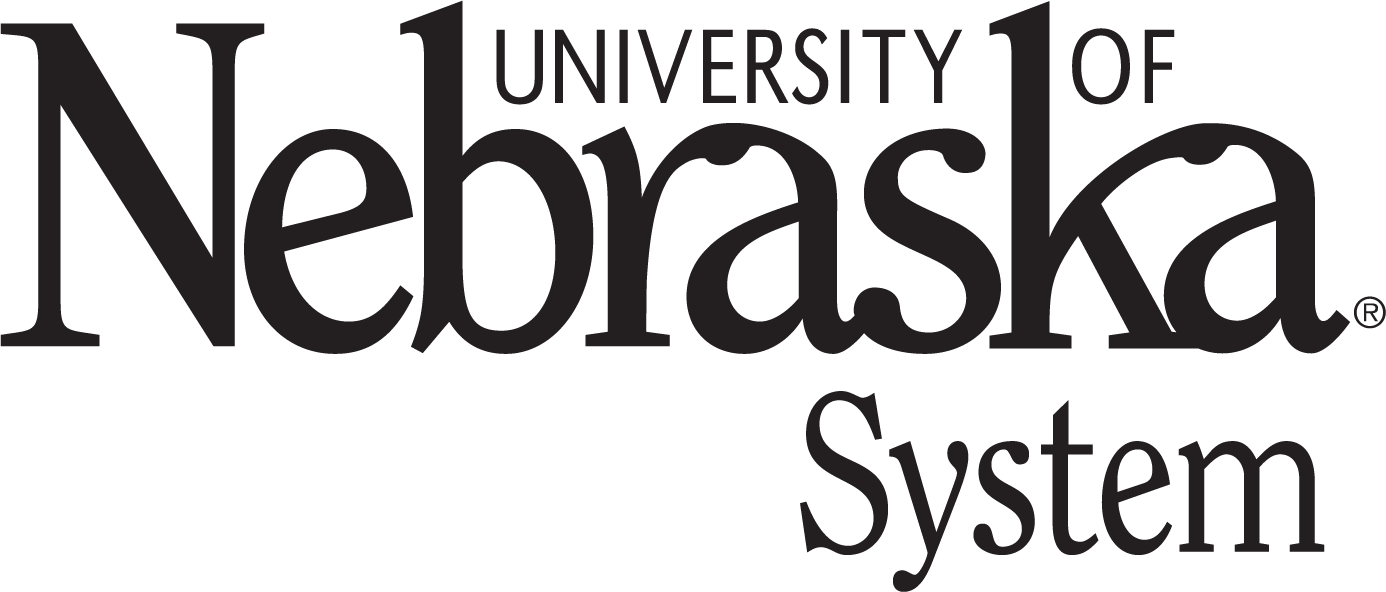Tracheostomy Care Skills and Safeguards in the Healthcare Environment
Introduction: Why Tracheostomy Training Matters for Nurses and Carers
It’s an essential training in this demanding health-care system that has to be implemented, providing nurses and carers with special skills to care for tracheostomy patients safely, with minimal complications and thereby improved patient outcomes. Whatever setting- the hospital, care home, or home care environment- is nothing as vital as proper training in such caregivers for the best possible care of those patients relying on a tracheostomy tube to breathe.
This article delves into the key skills, safety guidelines, and best practices for tracheostomy care, offering insights drawn from real-world experiences and expert advice. Along the way, we’ll explore how historical advancements in tracheostomy care have shaped modern practices and highlight emerging trends in training.
Understanding Tracheostomy: A Brief Overview
A tracheostomy is a surgical procedure that creates an opening in the neck to place a tube into the windpipe (trachea). This allows air to bypass the upper airway, facilitating breathing for patients with conditions such as airway obstruction, respiratory failure, or neurological impairments.
Common Scenarios Requiring Tracheostomy Care
- Chronic respiratory conditions like COPD or cystic fibrosis.
- Emergency airway obstruction due to trauma or anaphylaxis.
- Neuromuscular conditions that prevent a patient from breathing on their own.
- Care for patients who have undergone major surgeries to the throat or airway.
- Understanding the various reasons why patients may need a tracheostomy, nurses and carers can enter their training with a sense of purpose and empathy.
Essential Skills in Providing Tracheostomy Care
1. Competence in Cleaning and Hygiene Procedures
Proper cleaning of the tracheostomy site and equipment helps prevent infection. Some main practices include:
Daily cleaning of the stoma using sterile saline and gauze.
Regular replacement of inner cannulas or tubes according to the protocol.
Ensure that all care tools are sterile before use.
Real-Life Insight:
During my first week as a trainee nurse, I was assigned to clean a tracheostomy for a post-operative patient. The senior nurse told me that sterility is like “building a fortress against infection.” That analogy stuck with me and shaped how I approached all tracheostomy care tasks moving forward.
2. Effective Suctioning Techniques
Suctioning removes secretions from the tracheostomy tube, keeping the airway open. Best practices include:
- Monitoring oxygen saturation before, during, and after suctioning.
- Using appropriate suction pressures to avoid mucosal damage.
- Educating patients or families about recognizing when suctioning is needed.
3. Emergency Management Skills
Emergencies such as tube dislodgement or airway blockage require quick thinking and proficiency. Essential skills include:
- Replacing or securing a dislodged tube.
- Performing CPR on tracheostomy patients.
- Early detection of respiratory distress.
Safety Precautions in Tracheostomy Care
Safety is the cornerstone of tracheostomy care, ensuring patient and caregiver safety.
Infection Control
- Hand hygiene: Wash hands before and aftercare.
- Protective gear: Use gloves, masks, and gowns during procedures.
- Disposal of waste: Dispose of used suction catheters and dressings.
Communication and Documentation
Documentation of care and changes in the patient’s condition are very important. This includes:
- Recording suctioning frequency and outcome.
- Documentation of any signs of infection or discomfort.
- Clear communication with the healthcare team.
Data Insight:
A study conducted in 2022 in the Journal of Clinical Nursing, consistent documentation during tracheostomy care led to a reduction of infections by 35% in all the involved facilities.
Managing Tracheostomy Training Challenges
Psychological Obstacles
Caring for tracheostomy patients can be emotionally demanding, especially for a new carer or nurse. Courses should cover psychological well-being and methods for managing stress.
Anecdote:
I once shadowed a nurse who would spend a few moments talking to her patients before starting care. “It helps me connect with them as people, not just procedures,” she told me. This advice helped me overcome my initial nervousness when handling tracheostomy patients.
Bridging Knowledge Gaps
With the advancement of medical technology, the training cycle has to keep up. Using simulation-based learning where trainees practice on high-fidelity manikins is a key to the theory-practice gap.
Innovative Trends in Tracheostomy Training
Virtual Reality (VR) Training
VR technology is making a change in medical training. Nurses and carers can learn tracheostomy care in a virtual environment while developing their skills safely.
Interdisciplinary Collaboration
Future training programs emphasize teamwork. Tracheostomy care often involves doctors, speech therapists, and physiotherapists. Training together fosters a holistic approach to patient care.
Common Myths and Misconceptions About Tracheostomy Care
Myth: Suctioning is Always Painful for Patients
Fact: With proper technique and equipment, suctioning is often painless. Training emphasizes the importance of patient comfort during procedures.
Myth: Only Nurses Need Tracheostomy Training
Fact: Patients, their carers, and families benefit from training. Patients and their support systems are empowered towards better outcomes.
Historical Perspective: The Evolution of Tracheostomy Care
Tracheostomy has its roots in ancient Egypt where it was used as a life-saving intervention. Over the centuries, improvement in surgical techniques and equipment made tracheostomy care evolve into a specialty.
Conclusion: Raising Expectations with Tracheostomy Training for Nurses and Carers
The significance of Tracheostomy training for nurses and carers cannot be overstated. By acquiring basic skills, complying with safety standards, and adapting to innovation, caregivers can do so much to make a significant impact in the patient’s lives.
As the field continues to evolve, emphasis on comprehensive training and collaboration will ensure that tracheostomy care remains a cornerstone of excellence in healthcare. With dedication and the right training, every nurse and carer can rise to the challenge, providing safe, compassionate, and effective care for patients who need it most.
